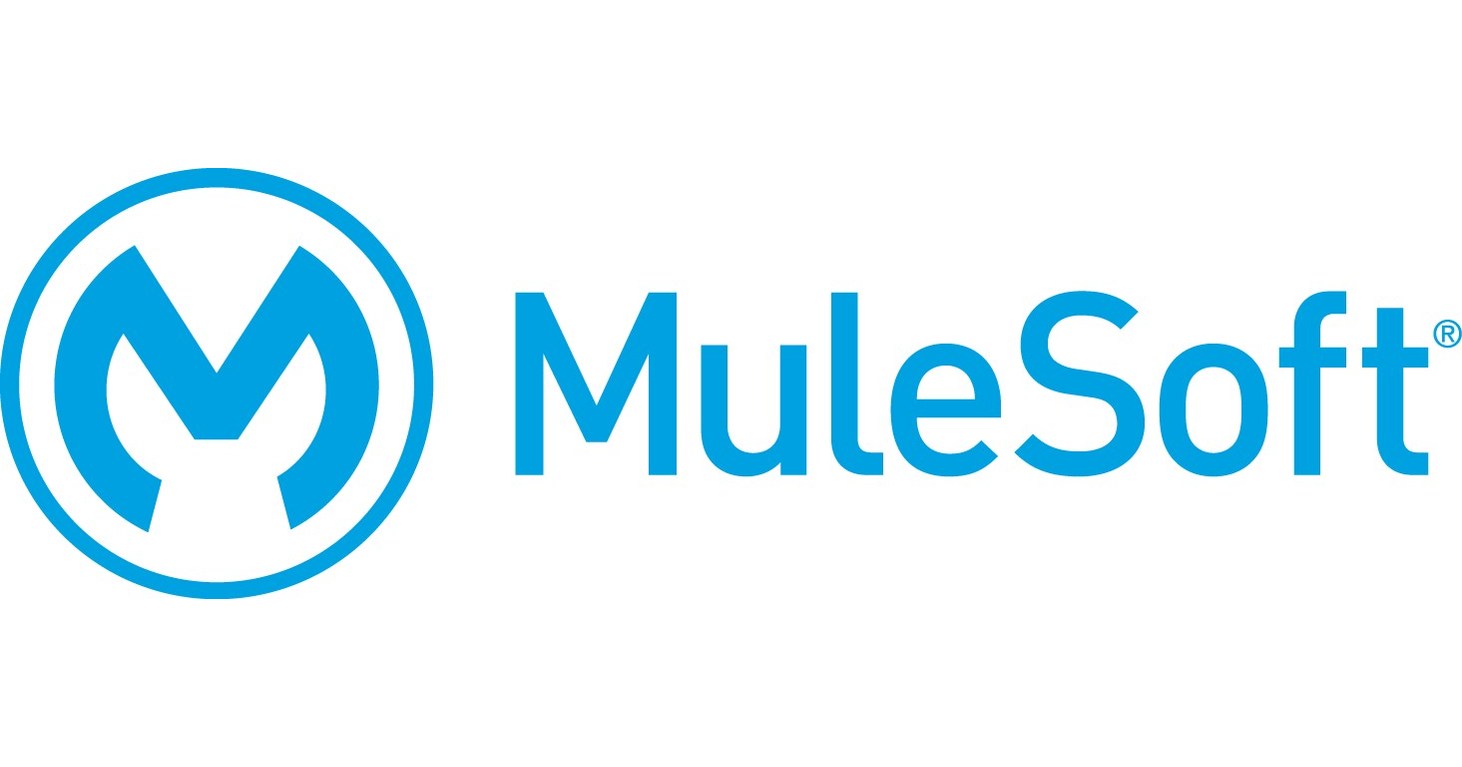
MuleSoft Anypoint Studio Tips and Tricks for Developers
MuleSoft Anypoint Studio is a powerful integrated development environment (IDE) for designing, building, and testing Mule applications. It’s a versatile platform that simplifies the integration of applications, data, and devices, and it offers various features that can enhance the productivity of developers. In this article, we’ll explore some valuable tips and tricks to help developers make the most of Anypoint Studio. Become an Expert in Mulesoft with Mulesoft Training.
1. Keyboard Shortcuts for Efficiency
Keyboard shortcuts can significantly improve your workflow. Here are a few essential shortcuts in Anypoint Studio:
Ctrl + Space: Auto-completes code, making it faster to write code snippets.Ctrl + 1: Opens the Quick Assist menu for context-aware suggestions and fixes.Ctrl + D: Duplicates the selected code, making it easier to reuse or modify.Ctrl + Shift + O: Organizes and optimizes imports, ensuring cleaner code.Ctrl + Shift + T: Opens the type hierarchy for the selected element.Ctrl + Shift + F: Formats your code to maintain consistency.
2. Visual DataWeave Editor
DataWeave is a powerful transformation language in MuleSoft, and Anypoint Studio offers a visual DataWeave editor. To make the most of this editor:
- Use drag-and-drop functionality to add and map fields.
- Click on the icons to access functions and operators easily.
- Hover over functions for tooltips and usage examples.
- Right-click on items to quickly access context menus for formatting and other actions.
3. Streamlining the Design Process
Anypoint Studio allows you to create integration flows with ease:
-
Design Center Integration: Integrate with MuleSoft’s Design Center for collaborative design work. You can share projects and design elements with your team directly from Anypoint Studio.
-
Graphical Flow Design: Utilize the graphical flow designer to build integration flows visually. It’s intuitive and lets you see the entire flow at a glance.
-
Reusability: Leverage subflows and flows to encapsulate and reuse integration logic. This promotes modularity and simplifies maintenance.
4. Best Practices for Error Handling
Effective error handling is essential for robust integration. Anypoint Studio provides features to streamline error handling:
-
Use the Try Scope: Encapsulate error-prone operations within a Try Scope to handle exceptions gracefully. This keeps your main flow cleaner and more focused.
-
Exception Strategy: Implement different exception strategies to handle specific errors. Anypoint Studio offers multiple predefined exception strategies, and you can also create custom ones to meet your needs.
-
Connector Retry Policies: Configure connectors with retry policies to automatically retry failed operations, reducing manual intervention in error handling.
5. DataWeave Optimization
DataWeave transformations are a critical part of Mule applications. Optimize your DataWeave code:
-
Use DataWeave Functions: DataWeave provides numerous built-in functions that can simplify complex transformations. Be sure to explore and use them.
-
Caching: Employ caching in DataWeave to avoid reprocessing the same data multiple times, thus improving performance.
-
Modularity: Break down complex DataWeave transformations into smaller, modular functions to enhance readability and maintainability.
6. Profiling and Debugging
Anypoint Studio includes a powerful debugger to help you identify and resolve issues in your Mule applications:
-
Breakpoints: Use breakpoints to pause the execution of your application at specific points. This is invaluable for inspecting variables and flow behavior.
-
Expression Evaluation: Anypoint Studio allows you to evaluate expressions during debugging, providing insight into data at various points in your application.
-
Profiling: Profile your Mule applications to assess performance and pinpoint bottlenecks. Profiling can help you optimize your application for better responsiveness.
7. Version Control Integration
Collaboration is simplified with Anypoint Studio’s integration with version control systems like Git:
-
Built-in Version Control: Anypoint Studio supports Git and SVN for version control. It allows you to commit, update, and merge changes directly from the IDE.
-
Team Collaboration: Work collaboratively with your team on integration projects. Anypoint Studio makes it easy to sync and share your work with colleagues.
-
Code Reviews: Use version control to facilitate code reviews, ensuring high-quality code and compliance with best practices.
8. Managing Dependencies
Proper dependency management is essential to maintain a well-structured and efficient Mule application:
-
Maven Integration: Anypoint Studio integrates seamlessly with Maven. Use Maven for dependency management to keep your project organized and up-to-date.
-
Exchange Integration: MuleSoft’s Anypoint Exchange is a valuable resource for pre-built connectors and templates. Access and import these assets directly into your projects.
-
MuleSoft CLI: Consider using the MuleSoft CLI (Command Line Interface) for managing dependencies, sharing assets, and automating common development tasks.
9. Documentation and Comments
Effective documentation and comments can save you and your team a lot of time:
-
Inline Comments: Add comments to your code to explain complex logic or document your intentions. This makes it easier for others (or your future self) to understand your code.
-
Flow Annotations: Use flow annotations to describe the purpose and functionality of individual flows. This provides a high-level overview of the application’s structure.
-
External Documentation: Consider creating external documentation that explains the overall architecture of your Mule application and how different components interact.
10. Stay Updated and Engage with the Community
MuleSoft is continuously evolving, so staying up-to-date is crucial. Here’s how:
-
MuleSoft Forums: Engage with the MuleSoft community through forums and discussions. You can seek help, share knowledge, and stay informed about best practices.
-
MuleSoft Blog and Documentation: Regularly check the MuleSoft blog and official documentation for updates, best practices, and tutorials.
-
Training and Certification: Consider enrolling in MuleSoft’s training and certification programs to enhance your skills and stay at the forefront of MuleSoft technology.
In conclusion, MuleSoft Anypoint Studio is a powerful tool for Mule application development, and these tips and tricks can help developers maximize their productivity and create more efficient and reliable integrations. By leveraging these features and best practices, you can streamline your development process and create robust, scalable, and secure Mule applications.


